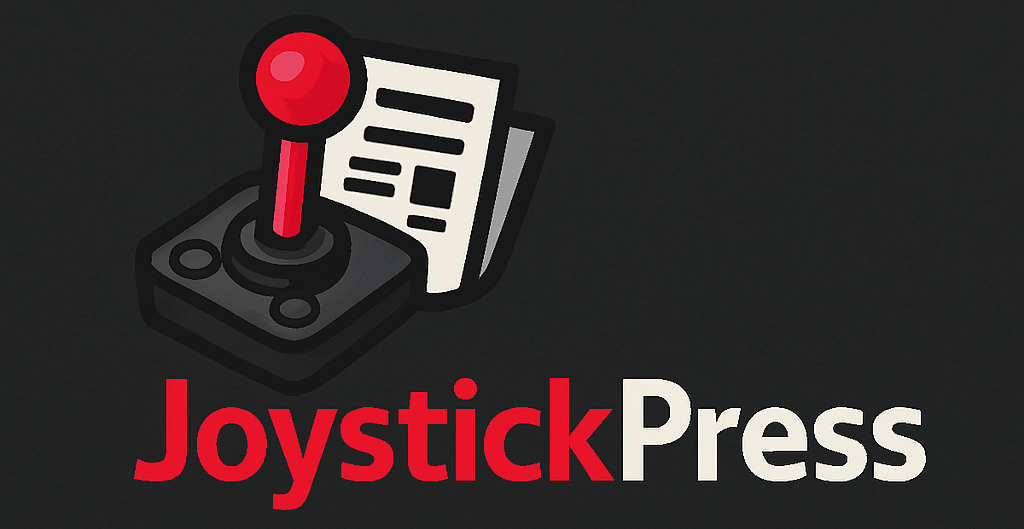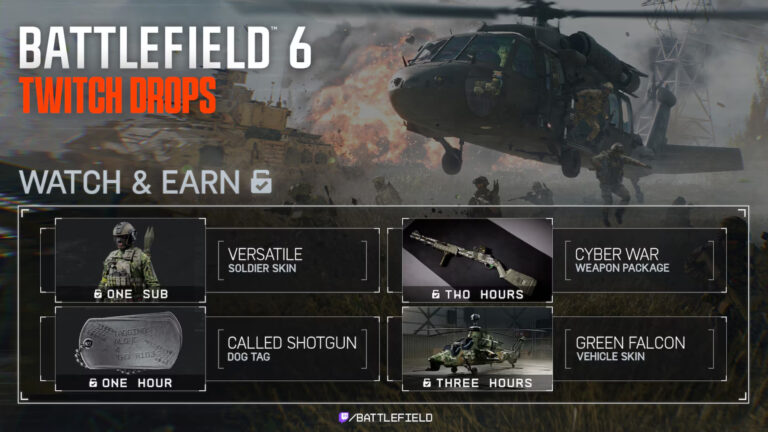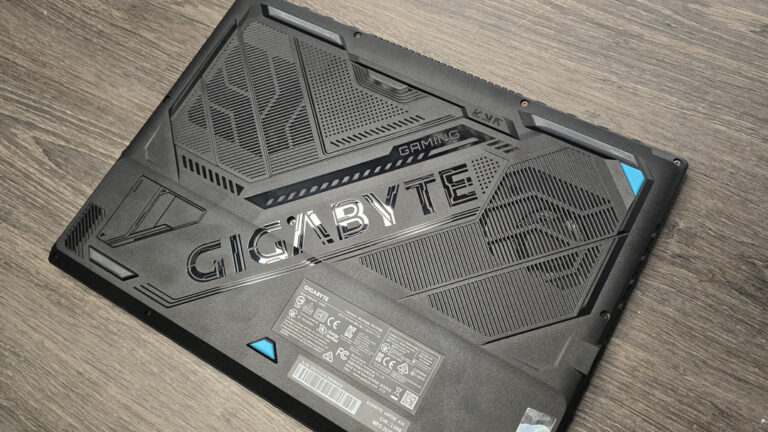Battlefield 6 ditching ray tracing seems to have paid off because the latest system requirements say 4K at 240 Hz is possible | JoystickPress
Battlefield 6 is just one day from launch and we’ve had a final spattering of updated system requirements. To be more specific, we’ve been told what the system requirements are to have an ‘Ultra++’ gameplay experience and, while these requirements are no joke, EA isn’t saying these will net you a mere 60 fps at 4K.
No, if you have the system components required for Ultra++ gameplay, this should apparently net you 144 fps on High settings at 4K with DLSS upscaling turned on, or 240+ fps on Ultra settings at 4K with DLSS Multi Frame Generation (MFG) turned on. Achieving these frame rates at these settings will require an Nvidia GeForce RTX 5080 GPU and Intel Core Ultra 9 285K or AMD Ryzen 7 9800X3D processor.
It’s interesting to note, that a Core Ultra 9 285K should achieve what the Ryzen 7 9800X3D can here, given the latter is much better for gaming. But I suppose at 4K on high and ultra settings, the CPU won’t play anywhere near as large a part as the GPU.
The way EA has laid out the requirements might be a little confusing, but the general gist is actually incredibly positive: Not much is really required at all to get the game running well. My eyes are drawn straight to that ‘recommended’ column and the RTX 3060 Ti requirement to hit 60 fps at high settings and 1440p resolution.
|
Minimum |
Recommended |
Ultra |
Ultra++ |
|
|---|---|---|---|---|
|
Graphics settings |
1080p at 30 fps (Low) |
Balanced: 1440p at 60 fps (High) / Performance: 1080p at 80 fps+ (Low) |
Balanced: 4K at 60 fps (Ultra) / Performance: 1440p at 144 fps (High) |
4K 144 fps (High) with DLSS upscaling / 4K 240 fps (Ultra) with DLSS upscaling and MFG |
|
GPU |
Nvidia GeForce RTX 2060 |
Nvidia GeForce RTX 3060 Ti |
||
|
CPU |
Intel Core i5 8400 / AMD Ryzen 5 2600 |
Intel Core i7 10700 / AMD Ryzen 7 3700X |
||
|
RAM |
16 GB (dual-channel 2,133 MT/s) |
16 GB (dual-channel 3,200 MT/s) |
32 GB (dual-channel 4,800 MT/s) |
32 GB (dual-channel 4,800 MT/s) |
|
Storage |
55 GB HDD |
90 GB SSD |
90 GB SSD |
90 GB SSD |
|
Extra notes |
TPM 2.0 and secure boot are both needed |
TPM 2.0 and secure boot are both needed |
TPM 2.0 and secure boot are both needed |
TPM 2.0 and secure boot are both needed |
That’s my own graphics card, right there, and given this is apparently what the card can achieve at native resolution with no upscaling, I’ll be excited to see what I can hit once I turn DLSS on.
These new BF6 Ultra++ requirements are, I think, the first time in a long while I’ve seen a publisher advertise 240 fps at 4K resolution as even a remote possibility. Yes, this might require an RTX 5080 and high-end current-gen processor alongside MFG, but that it’s possible at all is something.
The focus on performance is one thing that’s got us particularly excited about Battlefield 6, as we’ve seen the devs trying to focus on low-spec users and performance optimisation. In particular, the upcoming game is bucking the trend when it comes to ray tracing, as EA’s Christian Buhl has previously explained there are no plans to have ray tracing in the game.
Apparently, this is “because we wanted to focus on performance. We wanted to make sure that all of our effort was focused on making the game as [optimised] as possible for the default settings and the default users.”
After Battlefield V being one of the initial torch bearers for real time ray tracing when it was shown off alonside the first RTX 20-series cards back in the mists of time, and what a mess that was around launch—though not quite as bad as the launch of Battlefield 2042—it makes sense the developer would want this latest release to just work.
Given the new reqs, it looks like this might have not only paid off for low-spec users but also for those with some of the best gaming PCs. Players with rigs ranging the entire spectrum should be able to enjoy the game at playable frame rates, which is good news, because the widespread excitement for the launch is palpable.
Powered by WPeMatico



